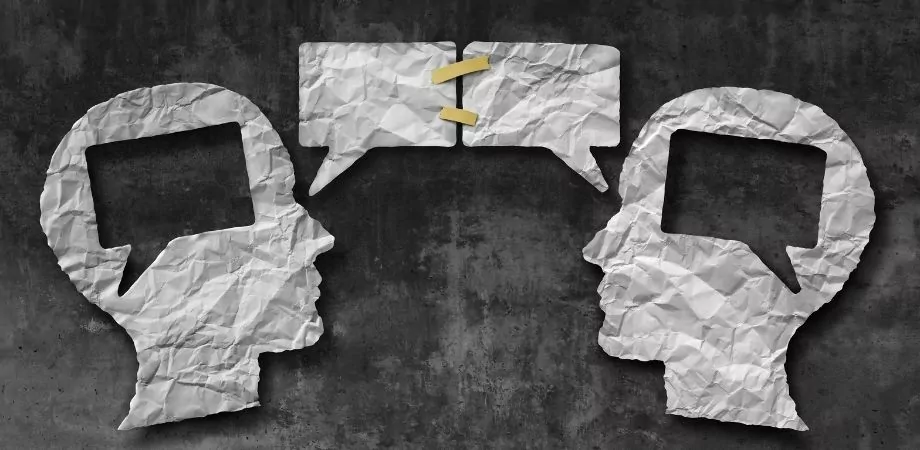Language serves as a vital means of communication in our interactions with others, and it often involves the subtle nuances of dialects and accents, sometimes unbeknownst to us. While many tend to use the terms “language” and “dialect” interchangeably, there exist distinct disparities between these concepts, though they can occasionally blur. So, what truly distinguishes dialect vs language? The answer may appear straightforward, but its intricacies extend beyond initial perception. Within this article, we shall delve into the distinctions between dialect vs language, explore the evolution of dialects, and briefly examine how dialects relate to accents.
What is a Language?
Defining language in a single, concise manner remains challenging due to its multifaceted nature, shaped by diverse cultural and linguistic factors, including the distinctions between a dialect vs language. Language, at its core, functions as a communication tool—a mutual agreement enabling individuals to convey emotions, thoughts, desires, and beliefs. Additionally, language can be viewed as an oral, signed, or written communication system employed by members of a community or nation to express themselves. The debate of dialect vs language often arises as languages typically encompass both spoken and written forms, though some lack a written component, while others exist solely in written form with no native speakers.
What is a Dialect?
In broad terms, a dialect, representing a version of a language spoken within a specific geographical region or by a particular group, is often considered a subset or variant of a language. In this context, language forms a broader framework, while dialect occupies a segment within it. Dialects, in essence, are regional or social variations of a language, influenced by geographic and cultural factors. Occasionally, differences in sound, structure, and vocabulary within dialects are significant enough for linguists to propose considering them distinct languages. Nevertheless, individuals employing different dialects of the same language, for example English dialects, can generally comprehend each other.
In sum, dialects are social or regional variations of a language. Geographical and cultural factors play an important role in the dialect vs language distinction.
How do Dialects Evolve?

Dialects correlate with geographic locations and social clusters, resulting in numerous dialects of languages in the modern world. Various factors contribute to the emergence of dialects, including the migration of language-speaking communities to new areas, social and cultural differentiation, diverse dialects within the language, the employed alphabet, and political authority. Furthermore, language evolution is intertwined with the living conditions of its speakers, with factors such as urban or rural settings and economic disparities shaping linguistic development. The progression of language into dialects aligns with social, economic, and cultural shifts within the respective communities.
What is the Difference Between Dialect and Language?
Language encompasses vocabulary, grammar, and spelling within systems of spoken, written, and sign forms, facilitating communication. Dialects, as specific subtypes of language, generally adhere to the fundamental rules of their parent language but may diverge in terms of vocabulary, grammatical rules, or pronunciations. While most dialects are geographically defined, other criteria, such as social class, can also play a role.
To summarize, the differences between dialect vs language, languages encompass broader communication forms, while dialects are more specialized, often with regional associations. Languages offer written communication, while dialects typically rely solely on spoken communication. Languages tend to be formal and precisely defined, whereas dialects are more flexible and adaptable. Moreover, official recognition by countries is a rare occurrence for dialects, unlike languages.
Dialect vs Language – The Debate
To truly grasp the distinction between dialect vs language in practice, mere explanations fall short; experiencing them firsthand is necessary. A common illustration can be found in the case of Portuguese and Spanish. Although these two languages are distinct, Spaniards and Portuguese can understand each other when conversing. How is this possible? It stems from their shared linguistic ancestry, where one might consider them dialects of the same base language to some extent. However, it is inaccurate to classify all languages with mutual intelligibility in the same manner.
English provides another example, as various dialects spoken worldwide allow speakers to understand each other. Despite substantial differences between English dialects in South America and Australia, communication remains effortless. Should these languages be considered dialects of each other? Conversely, consider Chinese dialects; mutual comprehension between Mandarin and Cantonese speakers is virtually impossible. So, why label them as dialects?
The dialect vs language discourse invariably intertwines with cultural aspects. Even when two individuals share the same language, their cultural differences may be profound. For instance, speakers of English on different continents may have disparate cultural backgrounds. The historical context plays a pivotal role in unifying them under the same language.
Dialect vs. Accent
Diversity in voices is not limited to cross-country differences but can also manifest within a single nation. Occasionally, these distinctions are prominent enough that a person’s accent can reveal their place of origin. Individuals from Paris and Lyon, for instance, can often pinpoint each other’s origins based on their accents.
However, it’s crucial to note that accent, while a component of dialect, does not solely define it. A dialect may encompass distinct words, grammatical structures, and usages in addition to variations in accent.



